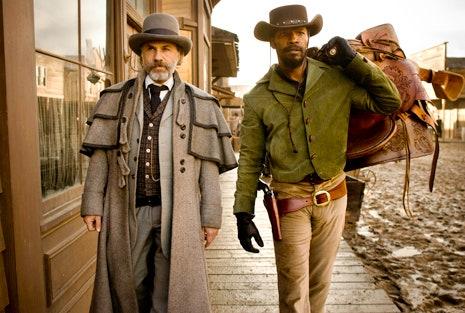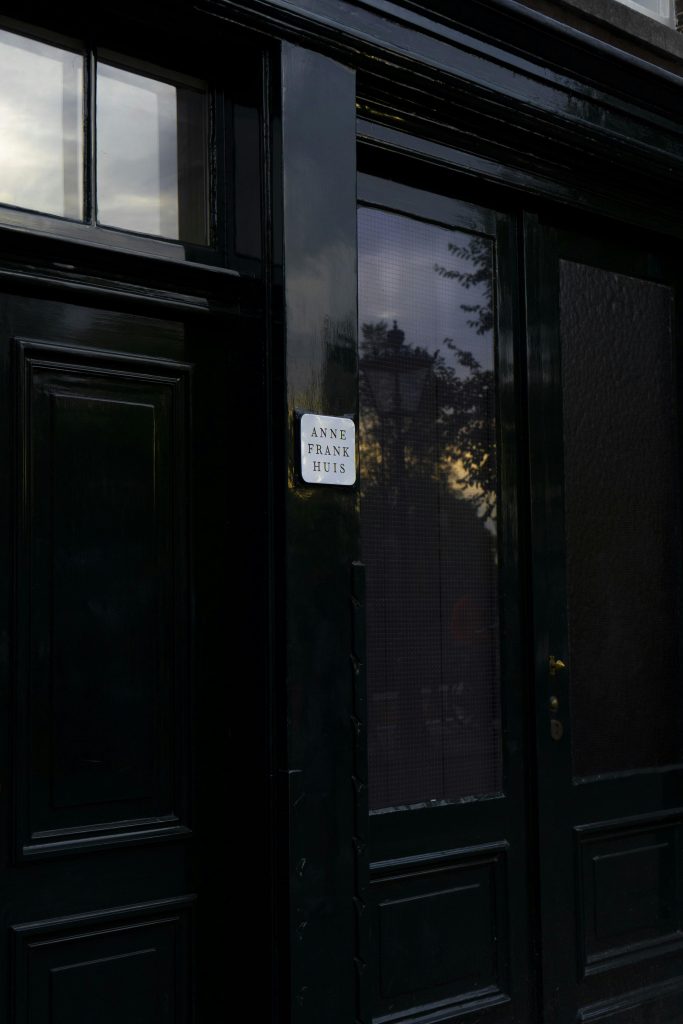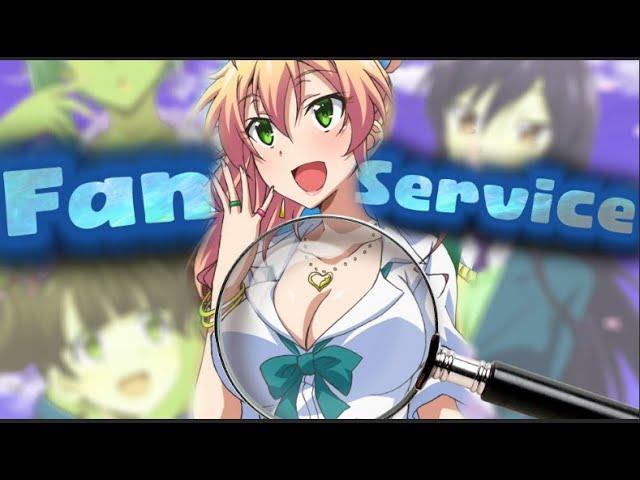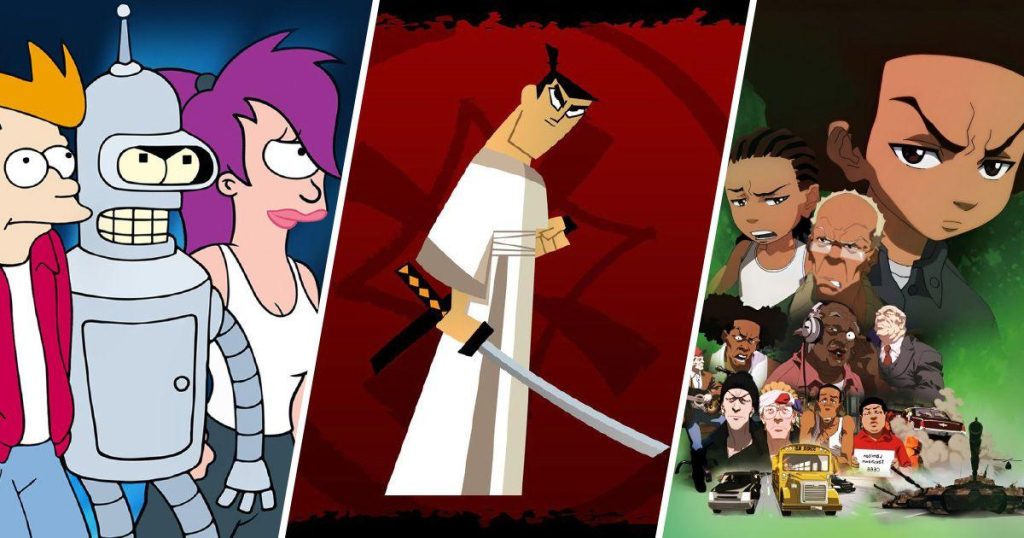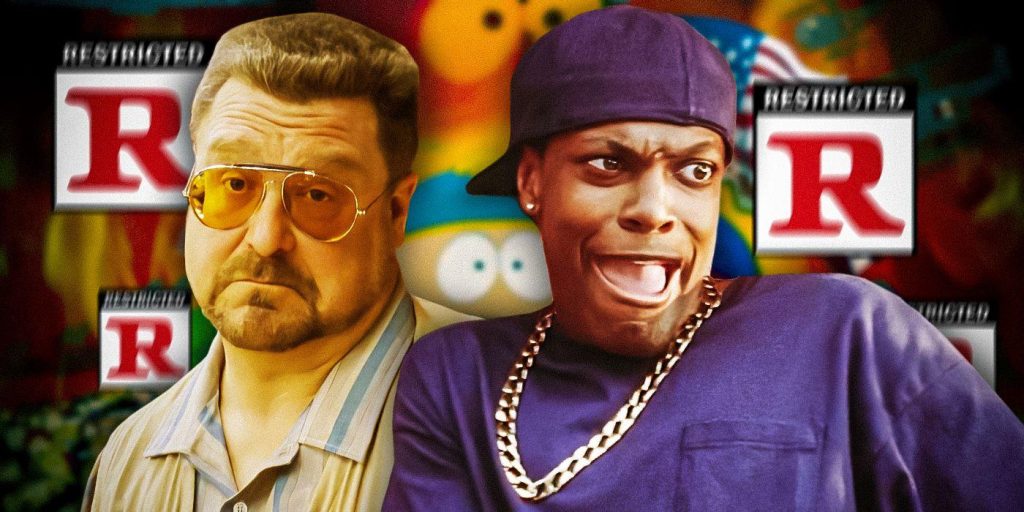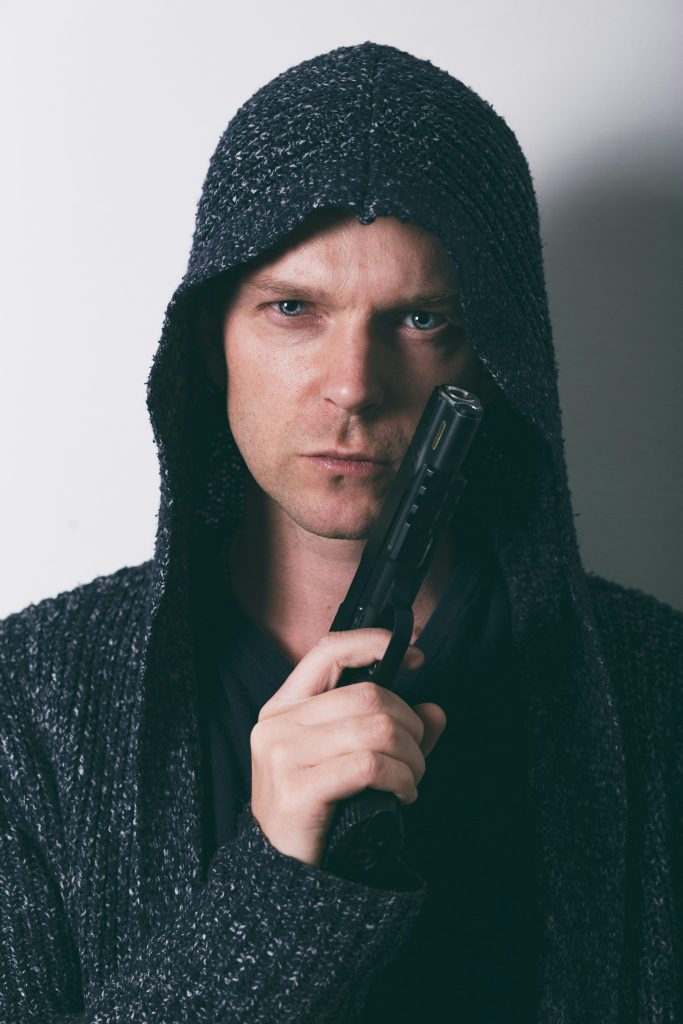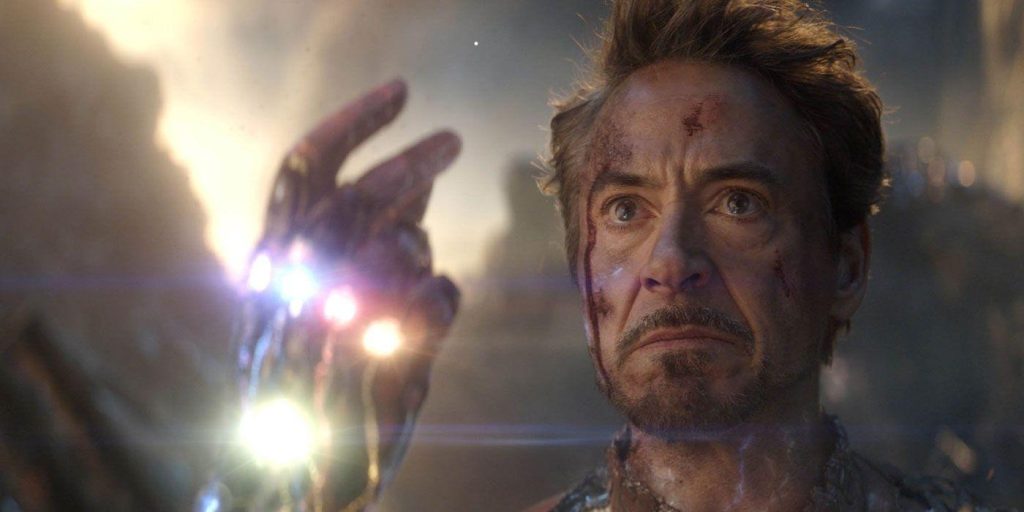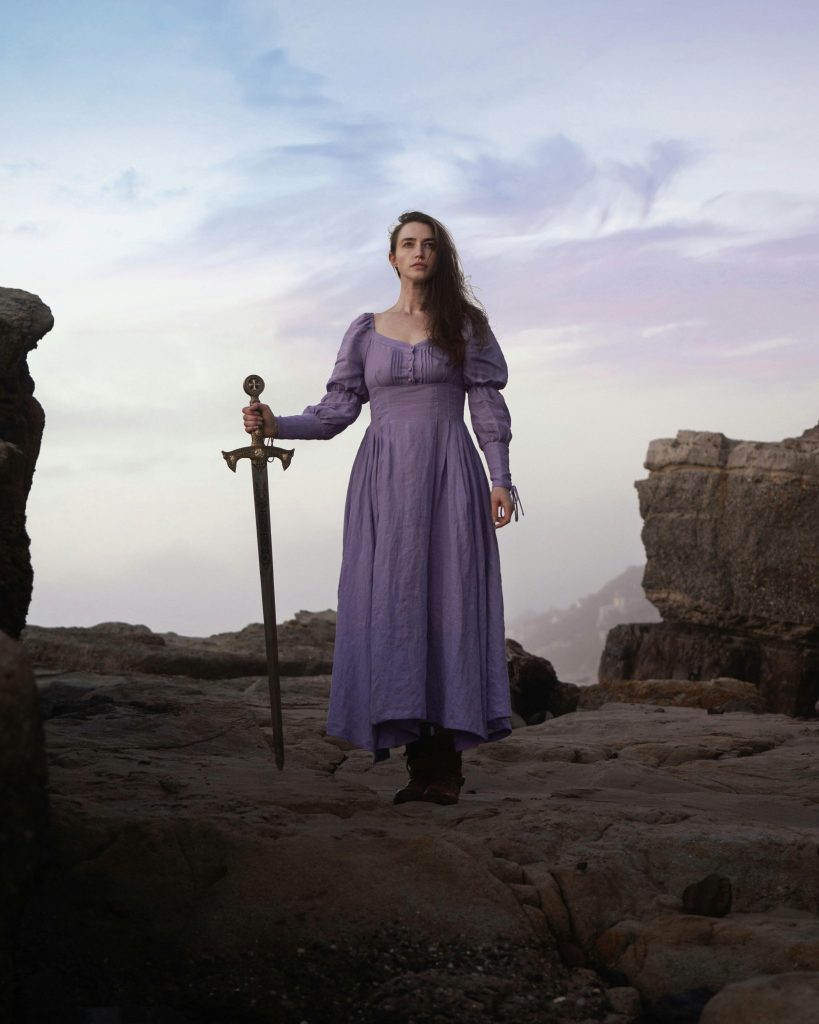In the annals of modern cinema, few films have ignited as fierce a debate as Quentin Tarantino‘s “Django Unchained.” Released in 2012, this audacious blend of spaghetti western flair and revisionist history galloped onto screens with guns blazing and tongues wagging. Tarantino, ever the provocateur, delivered a narrative as bold as it was bloody, sparking conversations that ricocheted from film forums to academic discourse. Is “Django Unchained” a controversial classic, a cinematic masterpiece that challenges the status quo and redefines genre boundaries? Or is it an exploitative spectacle, a gratuitous indulgence in violence and racial themes that teeters on the edge of taste? As we delve into the heart of this polarizing film, we explore the artistry and audacity that make “Django Unchained” a lightning rod for both acclaim and criticism, questioning where the line between homage and exploitation truly lies.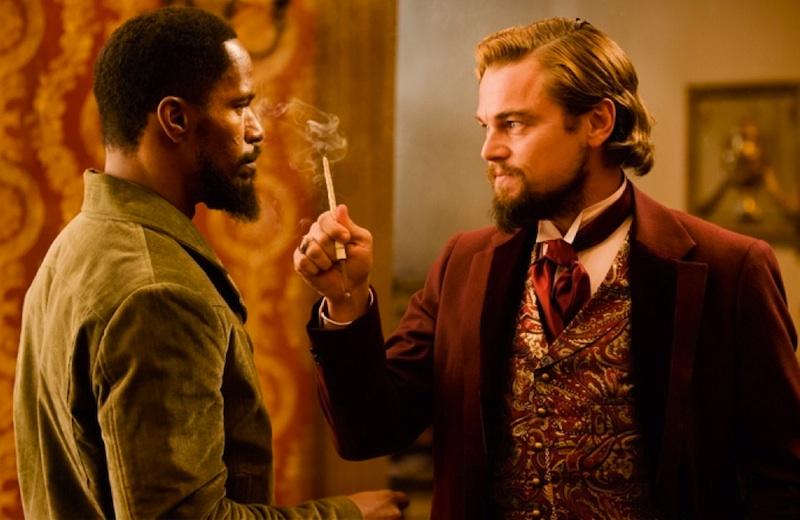
Examining the Cinematic Brilliance and Provocative Themes
Quentin Tarantino’s Django Unchained is a masterclass in cinematic storytelling, offering a visceral and often unflinching look at pre-Civil War America. The film’s brilliance lies in its ability to blend the stylistic elements of a spaghetti Western with the raw, often brutal reality of slavery. Through its vivid cinematography, electrifying soundtrack, and stellar performances, particularly by Jamie Foxx and Christoph Waltz, the film captivates audiences while challenging them to confront the uncomfortable truths of America’s past. Tarantino’s signature dialogue and non-linear narrative add layers of complexity, creating a film that is as entertaining as it is thought-provoking.
However, the provocative themes and graphic content have sparked intense debate:
- Portrayal of Violence: The film’s graphic depiction of violence raises questions about whether it serves the narrative or merely indulges in gratuitous spectacle.
- Historical Representation: Critics argue about the balance between historical accuracy and artistic license, particularly in the depiction of slavery.
- Racial Sensitivities: The frequent use of racial slurs and the portrayal of African-American characters have drawn both praise for authenticity and criticism for potential exploitation.
These elements force viewers to ponder whether Tarantino’s work is a bold, artistic triumph or a provocative, controversial piece that toes the line of exploitation.
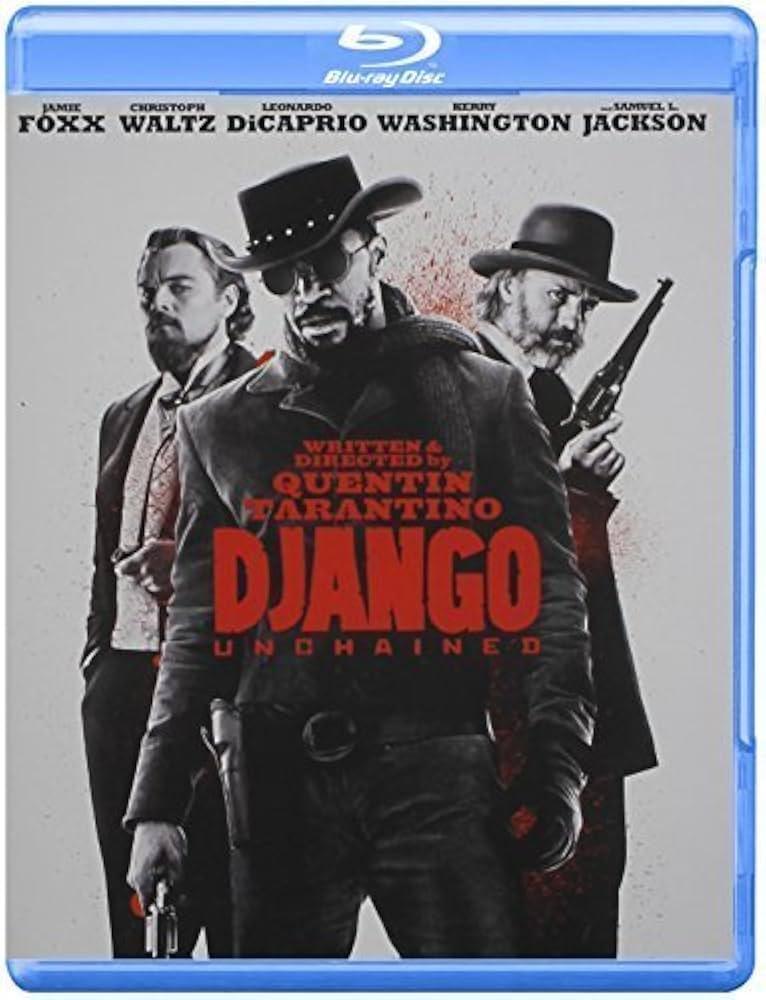
Delving into Historical Accuracy Versus Artistic License
When analyzing Quentin Tarantino’s Django Unchained, a whirlwind of debate emerges around the fine line between historical accuracy and artistic license. On one hand, the film is lauded for its audacious storytelling and bold depiction of a pre-Civil War America, engaging audiences with a unique narrative that blends genres. On the other, critics argue that the film’s portrayal of slavery and racial violence might stray too far from historical realities, opting for sensationalism over sensitivity.
- Artistic Brilliance: The film’s stylized violence and dialogue have been praised for their cinematic flair.
- Historical Inaccuracies: Some scenes are criticized for not aligning with documented historical events or realities.
- Cultural Impact: The movie sparked conversations on race, history, and the ethics of representing trauma.
Ultimately, the film challenges viewers to reflect on the boundaries of creative expression and the responsibilities filmmakers hold in portraying sensitive historical subjects. The tension between these elements is what makes Django Unchained both a controversial classic and a subject of ongoing discourse.
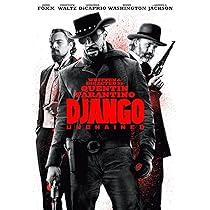
Understanding Audience Reactions and Cultural Impact
The reception of “Django Unchained” serves as a fascinating case study in how audiences engage with films that straddle the line between homage and exploitation. Viewers and critics alike have dissected its visceral storytelling, raising questions about the balance between artistic intent and cultural sensitivity. While some laud the film as a bold reimagining of the Western genre, others critique its graphic violence and portrayal of sensitive historical themes. The film’s impact on cultural discourse is undeniable, prompting discussions that range from the ethics of historical representation to the boundaries of creative freedom.
- Cultural Reflection: The film mirrors the complexities of race relations and historical injustices, sparking debates on how history should be portrayed in popular media.
- Aesthetic Choices: Tarantino’s stylistic flair, including his signature dialogue and vivid cinematography, divides audiences between those who see it as artistic genius and those who view it as gratuitous.
- Impact on Genre: By blending traditional Western elements with modern narratives, the film challenges genre conventions, influencing filmmakers and reshaping audience expectations.
In navigating these varied reactions, the film stands as a testament to the power of cinema to provoke thought and incite dialogue. Whether seen as a masterpiece or a misstep, its cultural footprint is both significant and enduring.
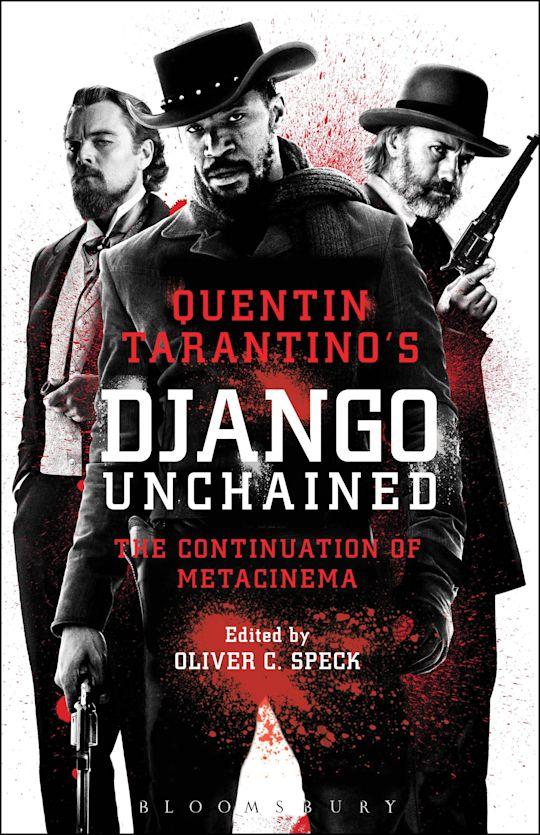
Navigating Ethical Filmmaking and Storytelling Responsibility
Quentin Tarantino’s Django Unchained has long been a focal point of debate among cinephiles and critics alike, challenging audiences to question where the line between controversial brilliance and exploitation lies. On one hand, the film’s bold narrative and stylistic flair offer a fresh perspective on a dark chapter in American history, igniting discussions on race, violence, and revenge. Yet, it also raises significant ethical questions about the depiction of slavery and the responsibilities filmmakers hold in portraying such sensitive topics.
As we delve into the layers of Tarantino’s work, several critical points emerge:
- Historical Representation: Does the film provide an authentic depiction of the era, or does it prioritize entertainment over accuracy?
- Violence and Sensationalism: Is the graphic violence necessary for storytelling, or does it serve merely to shock and entertain?
- Cultural Sensitivity: How does the portrayal of characters and their experiences align with or diverge from ethical storytelling practices?
Ultimately, the conversation around Django Unchained compels us to reflect on the broader responsibilities of filmmakers. Are they mere entertainers, or do they bear a duty to approach historical narratives with a level of respect and accuracy that transcends box office allure?

